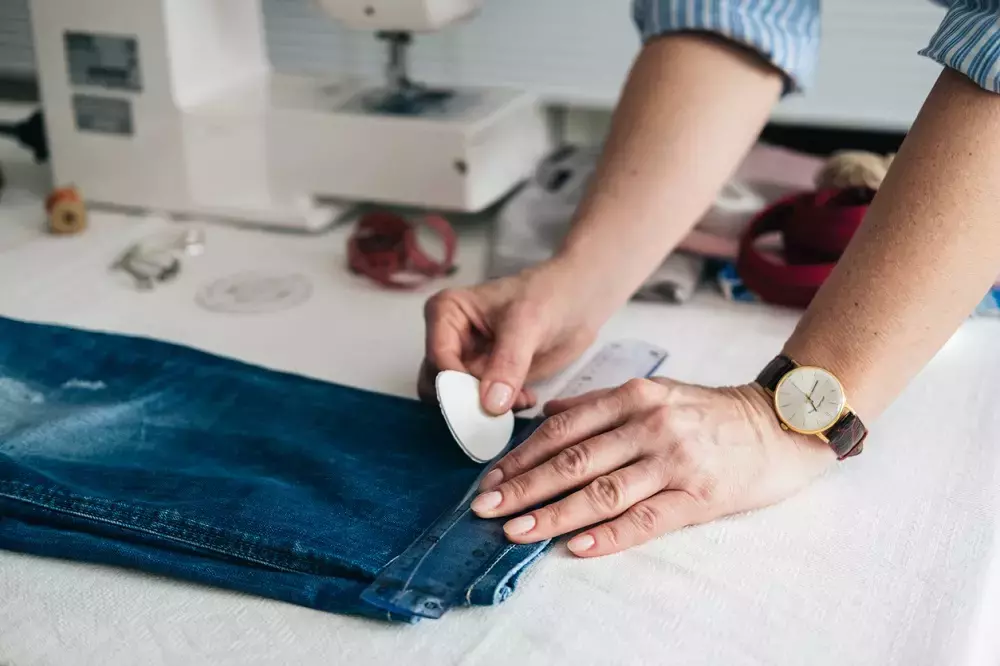Altering Your Clothes? Read These Tips First!
2019-04-11
Unfortunately, the clothing industry has yet to find a way to streamline clothing sizes across all suppliers. This leads people to turn to tailoring. For some, this means having a good tailor on speed dial, doing alterations yourself, or struggling with clothes that just don’t fit right.
If you’ve avoided a tailor because it seems like a luxury, you’re missing out. In this blog, we’ve busted some of the most common myths about tailoring as well as included a few tips for anyone who prefers to alter their clothes at home!
1. Plan Ahead
Whether you regularly use a tailor or intend to sew your clothes yourself, you need to allow a reasonable amount of time for your alterations. The last thing you want is a clothing item that looks rushed. It won’t fit right, and it won’t look good.
Plan for at least three days when it comes to alterations, as you will need to measure, pin, and sew. Not to mention, it's nearly impossible to measure and pin yourself, so you'll need to find someone to help!
In a quick fix you can rely on hem tape or stitch witchery, but these are not preferable options.
2. Know Your Fabric’s Needs
You're a sewer, so you know about fabric, right? Well, how about working with fabric that's already been well-worked.
Silk and other delicate fabrics require hand stitching as they've already gone through the trauma of production.
For all other fabrics, use a reliable sewing machine such as a Pfaff sewing machine. A good machine can bring you peace of mind in that you'll know how to handle any mishaps or hiccups.
3. Buy as Close to the Right Fit as Possible
Sewers are full of ambition, and it’s no surprise when someone who’s familiar working with fabric buys whatever size is available of a dress or jacket, they love and alter it at home.
Before you do, stop! If something is not available in your size, you're not signing up for minor alterations, you're signing up for a dressmaking project! Always buy as close to the right fit as possible.
4. Tailors Aren’t a Scam, but a Skilled Sewer Can Alter at Home
A good tailor is worth their weight in gold! But, if you’ve made so much as a blanket at home, you have the patience and ability to learn how to do alterations.
When working with alterations, a skilled crafter understands that taking their time in pinning and measuring will make or break the quality of their work. New crafters need to be sure to systematically approach their first alterations project with care.
5. Choose Which Pieces to Tailor or Alter Carefully
Alterations can produce wonderful garments that will fit better than anything else in your closet. But save it for your favorite, most functional pieces.
There's no sense in altering cheap items like t-shirts. Instead, alter the pieces that you wear to work or out on dates. Choosing clothes that you love visually but feel uncomfortable wearing are another great altering option.
For all your sewing and alteration needs, visit Goldstar Tool!





